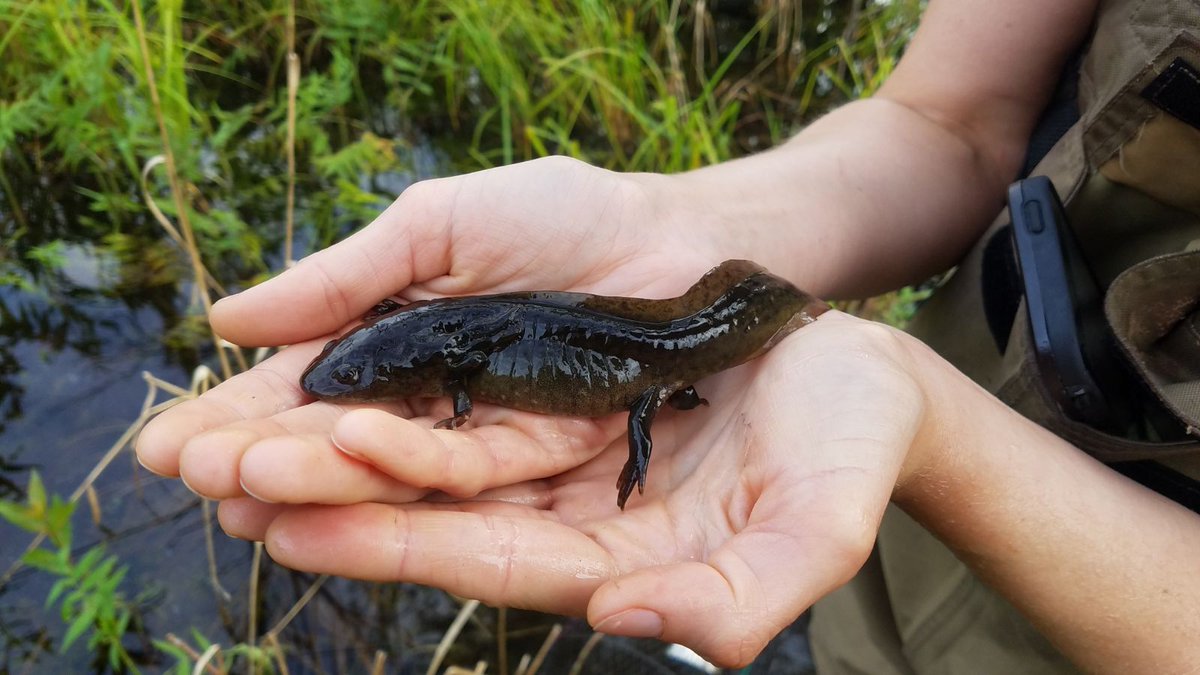@gabbspalomo is doing a great job highlighting the work of others, so I thought I'd return the favor #TWS2020
1/4
1/4

While Gabby's talk focuses on jaguar and puma, she notes there is an incredible diversity of carnivores in the Maya Biosphere Reserve, from gray fox and coyotes to tayras and jaguarundis!
2/4
2/4

Using camera traps across four protected areas in the MBR, Gabby and colleagues collected over 100 photos each of jaguars and puma, then calculated activity patterns. High overlap between both species, but note differences based on time of day!
3/4
3/4

This was the first study to compare activity patterns of these two top carnivores in Guatemala, and shows how temporal segregation facilitates co-occurrence.
Great talk with great visuals, as I'm sure we were all expecting! Great job, Gabby! Now go watch her talk :)
4/4
Great talk with great visuals, as I'm sure we were all expecting! Great job, Gabby! Now go watch her talk :)
4/4

• • •
Missing some Tweet in this thread? You can try to
force a refresh























